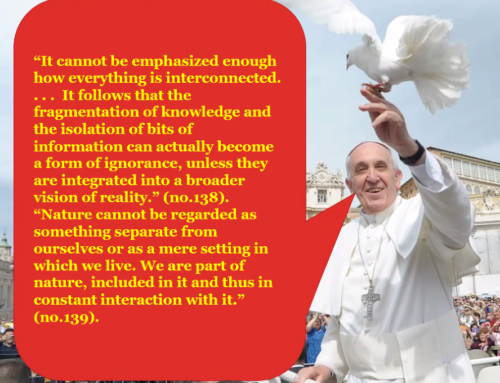Abstract
The sense of being stared at, or scopaesthesia, is very common, and its existence is supported by experimental evidence. However, it contravenes the standard scientific assumption, dating back to Kepler’s discovery of retinal images in 1604, that vision involves only the inward movement of light – intromission – but not the outward movement of images or attention – extramission. From this point of view, scopaesthesia is impossible. Yet, paradoxically, the conventional explanation of virtual images in mirrors is still based on Euclid’s (c. 300 BC) extramission theory, and most people implicitly believe in visual extramission, which could help provide a basis for scopaesthesia. If scopaesthesia depends only on the detection of another’s attention, it could conceivably be a scalar phenomenon, with a magnitude but not direction, analogous to telephone telepathy, in which people feel who is calling but do not know where they are. In this case, scopaesthesia would tell us little about the nature of vision. But if scopaesthesia is normally directional, enabling those stared at to detect the direction from which the look is coming, it would be more like a vector phenomenon, with both magnitude and direction and would provide evidence for visual extramission. Experimental tests of scopaesthesia have so far been devoted to establishing its existence and have not looked at its directionality. Here, we examine the natural history of the phenomenon based on a collection of 960 case histories collected over 25 years involving both humans and non-human animals. This collection includes more than 80 interviews with surveillance officers, detectives, martial arts teachers, celebrity photographers, wildlife photographers, and hunters who have extensive experience of watching people or non-human animals. In 466 (49%) of the cases, directional effects were explicit, in that the person or animal looked at responded by turning and looking directly back at the looker rather than searching at random for the source of attention. In 186 (19%) of the cases directional effects were implicit. In most of the other cases, directional effects were not mentioned, usually because they were general statements lacking detail. In online surveys, including a survey of a group of skeptics, the great majority of respondents said they had experienced directional scopaesthesia. We conclude that directionality is a normal feature of scopaesthesia in real-life situations and suggest that this finding supports the idea that minds are extended beyond brains and that this extension involves some kind of visual extramission. We quote from more than 40 case histories and, in the online Supplementary Material make the entire collection of 960 cases available to those who would like to look at the data for themselves.

